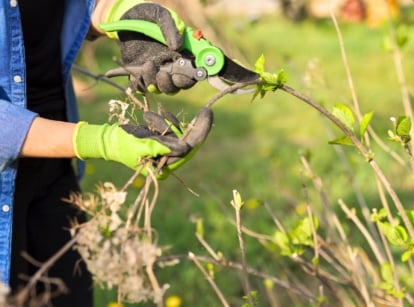Basics
Whether you're new to gardening or experienced, everyone needs some gardening basics to get going!
In this category, you'll find a wealth of information that spans a wide number of topics. From seed starting to grow bag gardening, pruning tips to raised bed tricks, you'll find the fundamentals of gardening awaiting you here.
While it's optimized towards new gardeners, even a pro can find useful tips in our Basics category. We all need to get back to basics sometimes, and there are always useful tools and tips that other gardeners have developed along the way to add to your own practices.
Our Basics category can inspire you to new gardening heights, too. Those who have experience with in-ground planting can learn about other techniques such as raised beds or vertical gardening.












